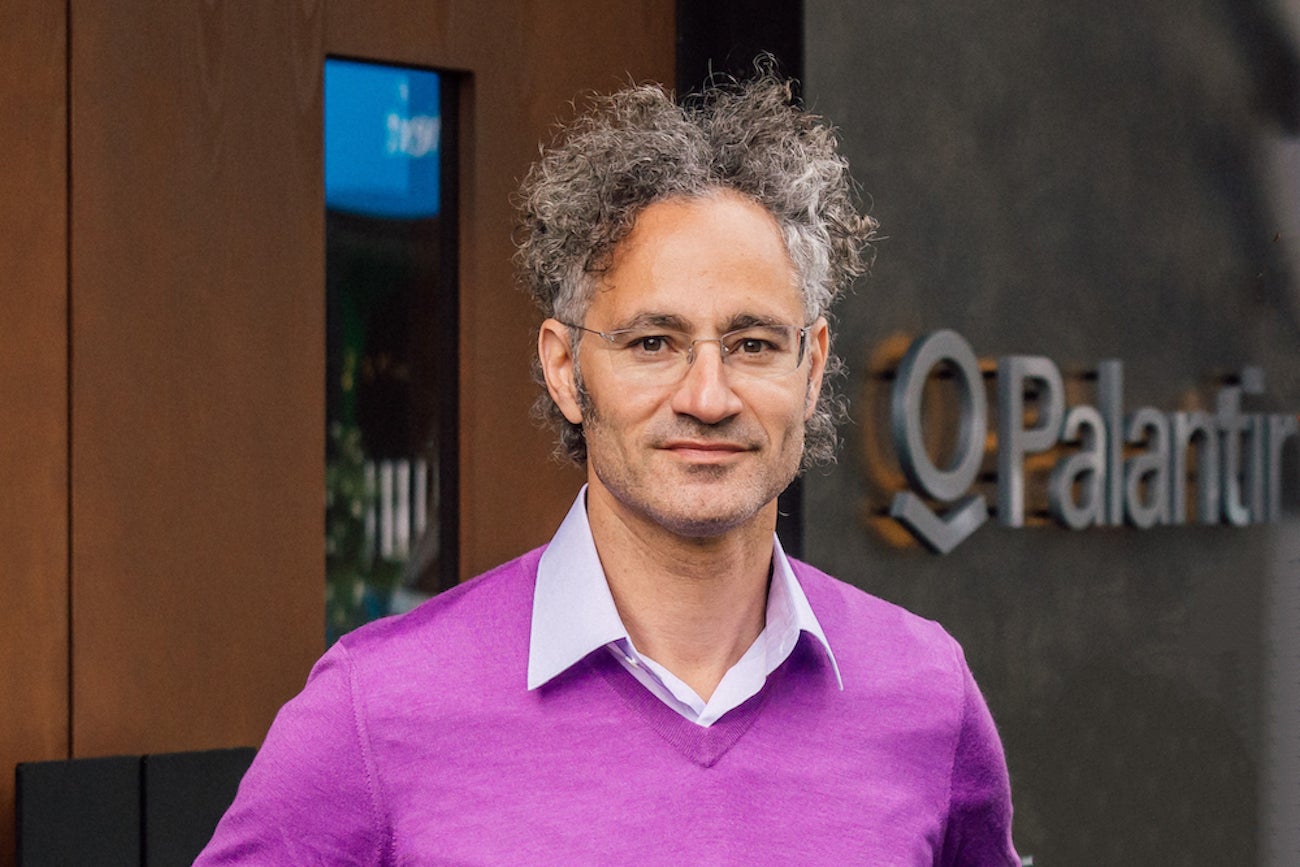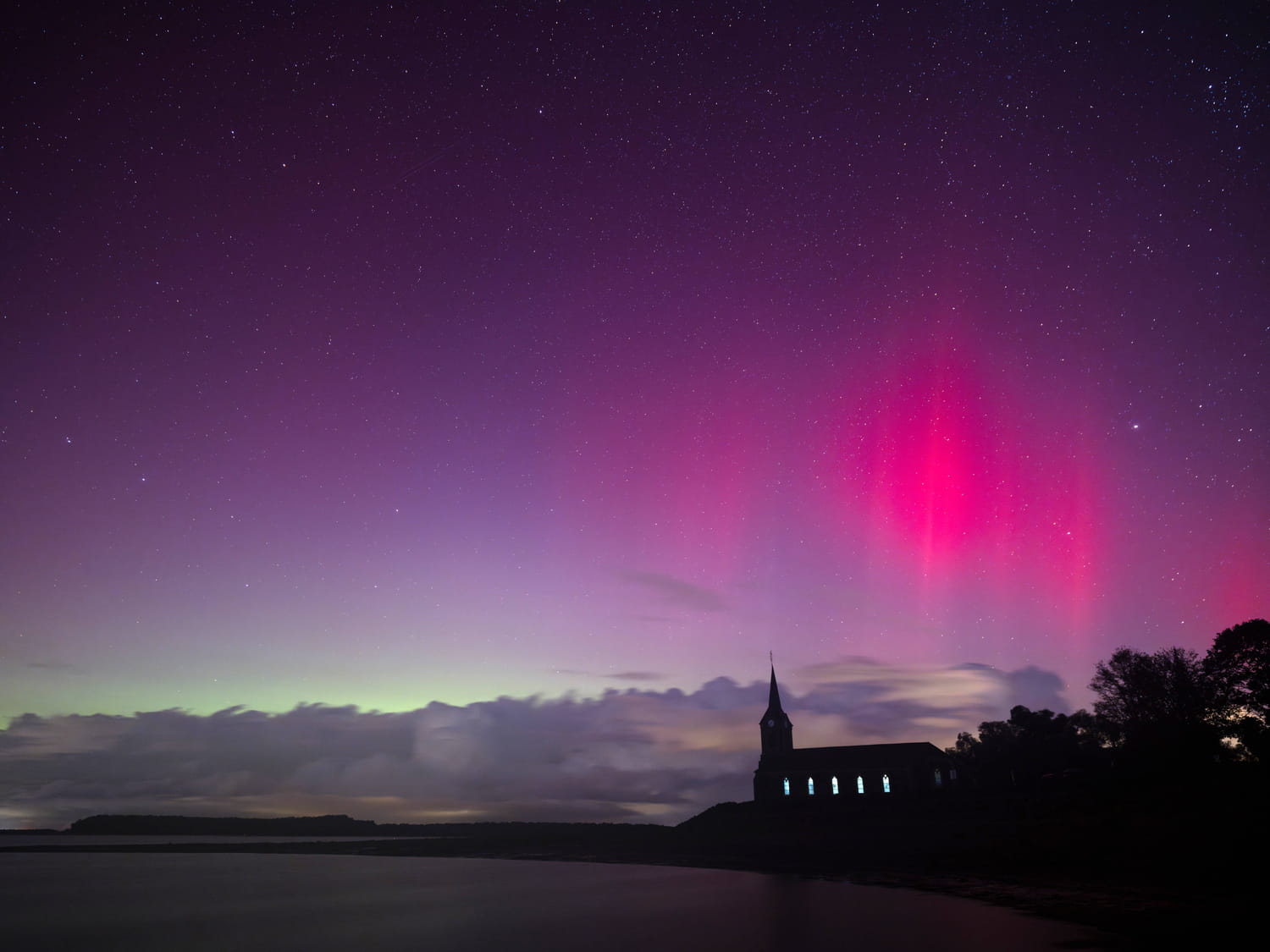A rare and intense event.
Forget Lapland and its northern lights, because the biggest cosmic spectacle could take place above France, thanks to the impressive phenomenon of the “cannibal” storm. It is a spatial event that occurs when the sun strokes two massive plasma “clouds”. The second cloud, faster, catches up and absorbs the first, slower. This act of “cannibalism” merges their power, creating a single geomagnetic storm much more intense and concentrated. It should be noted that it is an extremely powerful solar wind which rushes straight towards the earth.
When this wave of particles strikes our magnetosphere (our protective shield), the free energy excites oxygen and nitrogen atoms in the upper atmosphere, producing the spectacular light phenomenon of the northern lights. These lights, usually reserved for polar regions like Lapland, can become so intense that they are visible at much lower latitudes, that is to say well above France. The sky is then adorned with red, pink and green shades, far from the usual observation areas, according to the National Center for Spatial Studies (CNES). It did not take place since the fall of 2003, where a series of very powerful sunscreens had occurred.
According to specialists, there is a good chance that the next “cannibal” storm took place at the beginning of 2026. The best region to see it in France will be the northern quarter of the country. Hauts-de-France, Normandy and Brittany, with a clear sky and far from light pollution, will be at the forefront. The precise date of the event, which depends on the unpredictable activity of the sun, remains subject to alerts of the space weather and is not yet known. It will then be necessary to wait 11 years before having a chance to see dawn in France, in 2036 or 2037.
The show is great, but is there a danger to man? The answer is no. Our atmosphere and our magnetic field effectively protect us from these particles. The only proven risk concerns technological infrastructure: satellites, electrical networks and radio communication systems. Historical power outages have already taken place in the past, but modern surveillance and protection systems are in place to minimize the impact.










